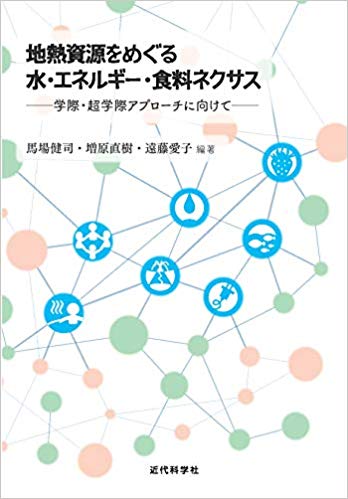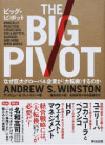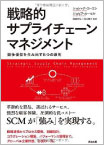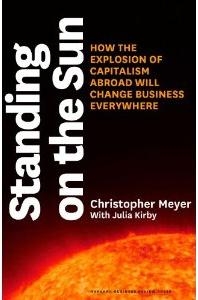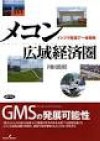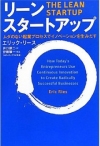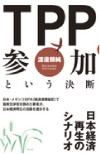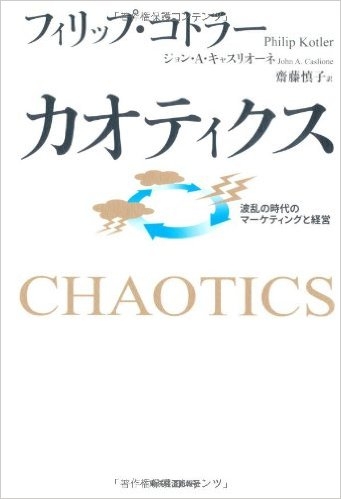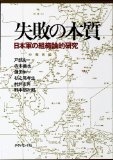研究員お勧めの書籍を独自の視点で紹介

2012年10月3日
事業環境の変化のスピードが速く先が読めない現代では、新しい製品やサービスの計画を策定しても事業化の時点ではすでに陳腐化し、開発した製品が顧客にとって価値のないものとなる恐れがある。本書では、不確実な事業環境下においては、製品開発のリードタイムを最小化し事業立ち上げの無駄をなくすことが重要であるとして、「リーン・スタートアップ」を提唱している。「リーン・スタートアップ」とは、実用最小限のレベルの製品やサービスを実際に顧客に使ってもらいながら、「構築−計測−学習」というフィードバックループをできるだけ速く回すことで仮説検証を行い、事業性の確度を高めていく手法である。具体的なプロセスは下記の3つである。
本書は将来的に大幅な経済発展が見込める国・地域(Breakout Nations)として、中国、インド、ポーランド、チェコ共和国、トルコ、インドネシア、フィリピン、韓国、台湾の9つの国・地域をとりあげ、インフレ率、教育レベル、政府安定性、富裕層、中規模都市の将来性などの各種の経済要素を分析したものである。BRICsが新興国の代表として注目されて既に久しいが、今後の世界経済はこれらのBreakout Nationsにけん引されると筆者は分析している。本書はさまざまなアプローチでの経済分析を試みながら、今後の世界経済の方向性を指し示す良書である。
“Breakout Nations” is a new term coined by an Indian author to describe countries and regions that are expected to experience a higher GDP growth rate compared to their peer group countries, sustain growth rates for decades, and attain greater equality and achieve high levels of domestic consumption. The captivating name of the book is supported by a distinct approach to identify breakout nations, an approach that goes beyond forecasting using statistical techniques and economic theories. The book identifies 9 breakout nations on the basis of various indicators including GDP, growth rates, per capita income, inflation, education levels, investment in infrastructure, ratio of working population in the economy, political conditions such as the type of government, and ease of starting a new business. Key interesting and distinct hypotheses that are presented in the book are summarized below:
The book presents a balanced view about China and India. The author gives a 50% probability that these countries will sustain growth as breakout nations and enter the list of developed countries. The book gives plenty of accolades to China for growth through government support and investment in infrastructure, but also highlights how some of the investments in China are inefficient. For example, Shanghai’s Maglev train, one of the fastest high speed trains in the world, helps people to reach Pudong International Airport in 8 minutes. But few people use it because it is costlier than the metro and it takes more time to reach the terminal from the maglev train station. India’s growth is expected to continue due to its skilled labour force, growing list of billionaires, increasing investments from foreign countries despite inefficient and corrupt governance.
In the BRIC group (Brazil, Russia, India and China); Brazil and Russia are outside of the league of nations that forms the breakout nations list. Brazil’s low level of investments, poor infrastructure, lack of skilled labour, high costs of labour and transport, and slow implementation of political and economic reforms will hinder its growth. The Russian economy faces inequality on all economic fronts. For example, some regions, such as Moscow and St. Petersburg, are connected by high-speed rail systems but trains in other areas are too old and slow. Further low investment, domination of state owned enterprises, lack of small and medium enterprises, and a poor political outlook are just some of the factors that suggest a bleak outlook or even a possibility of no growth.
Poland and Czech Republic will be “The Sweet Spot of Europe,” as these newcomers to the Eurozone have low government deficits and government debts. Poland’s strong education system, growing small and medium sized companies, strong banking system, and efficient workforce labour market will drive its growth. Similarly Czech’s strong banking, well managed political system and strong manufacturing base will continue to fuel growth.
Turkey appears as a promising economy, owing its prospects to its great political leadership under RecepTayyipErdoğan (Prime Minister and Chairman of the ruling Justice and Development Party AkiP) and the economic growth it has achieved under his leadership.
In South East Asia, Indonesia and Philippines are “On the Tiger Road” to enter the list of breakout nations. Indonesia, which has been a net commodity exporter, now possesses a large domestic market and low levels of public debt. Though corruption prevails in the country, it is still easy for foreigners to do business unlike a corruption-dominated country such as India. The Philippines chronic political and infrastructure problems will be overpowered by its rising class of young and English speaking population, and a high urbanization rate. The author suggests that the probability of the Philippines becoming a breakout nation is high if it regains its political stability.
“The Gold Medalist” award goes to South Korea and Taiwan. Both the country and the region reported a GDP growth of over 5% consistently over the last five decades. They developed technological and manufacturing skills from their neighbour, Japan, and are now leading growth in their own way. South Korea sustained growth by investing in technology even at low income levels, and developing manufacturing brands such as LG, Samsung and Hyundai. The author believes that unification of North Korea and South Korea will create a larger, dynamic economy. Taiwan’s openness to global economy through lenient rules and regulations will keep it going on a growth path.
It also emphasizes that some of the frontier or fourth world countries, defined as small nations that are not yet fully connected to global flows of trade and economy, countries such as Sri Lanka, Uganda, Mozambique and Nigeria have economic growth potential. But the lack of a proper legal and business framework will impact their probability of becoming breakout nations.
Overall, this is book is a good reference guide, one that can be recommended to investors, decision makers, business executives and policy makers. It highlights various factors that help to identify a growing economy. However, ongoing monitoring and analysis of the factors that contribute to the findings in the book will help in creating an objective opinion about key success factors that contribute to the rise of breakout nations.



